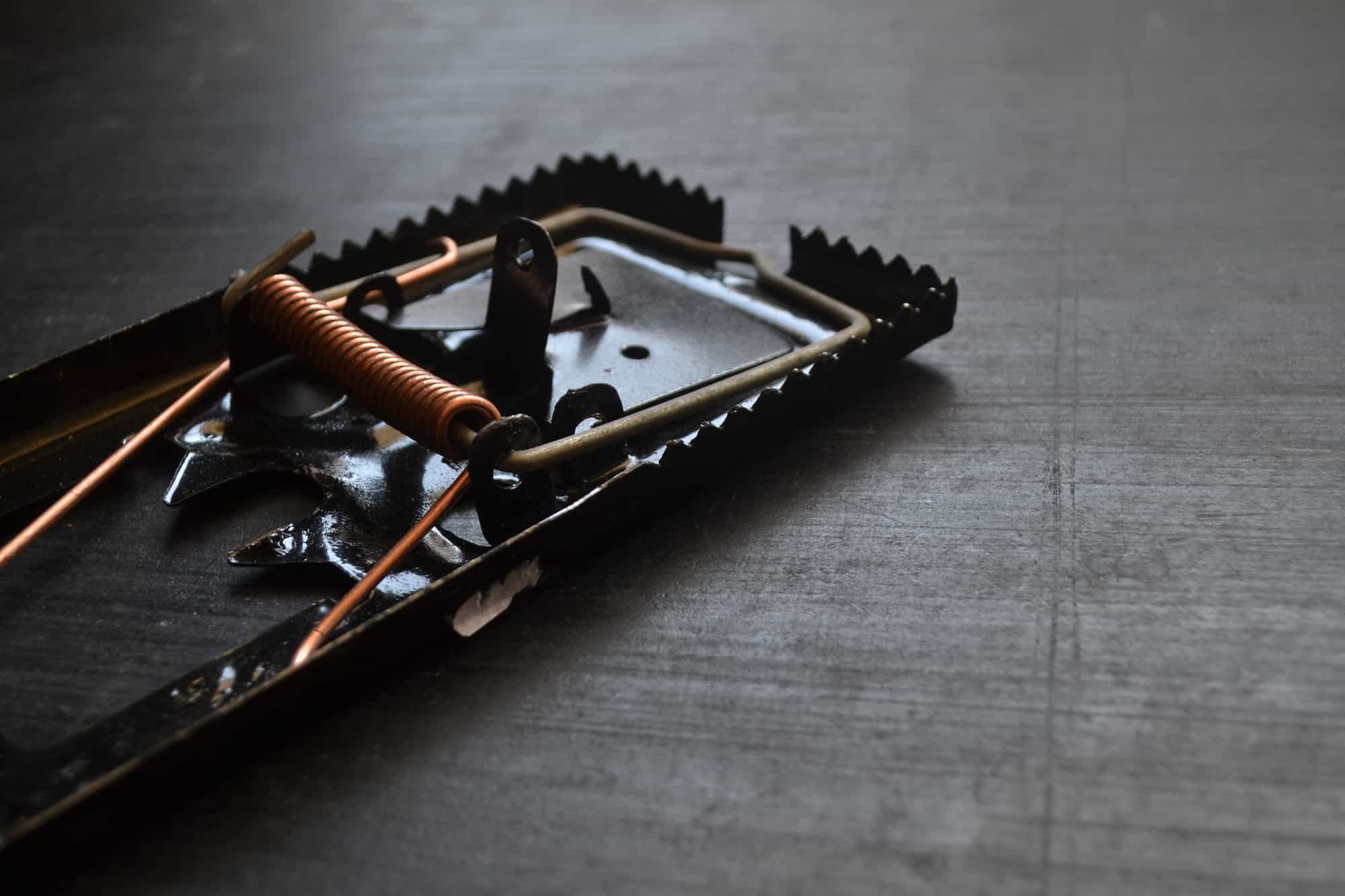When you share your home with beloved pets, you want to make sure you’re providing the safest environment possible for them. This includes dealing with potential pest intrusions. Dealing with pest infestations can be particularly challenging for pet owners because many of the products and methods commonly used are filled with harmful chemicals that are toxic to pets. So, how can you control pests in your home while keeping it safe for your pets? The key is to prioritize non-toxic, pet-friendly solutions. In this article, we will dive deep into some of the most effective non-toxic pest control solutions that you can use in your home to ensure that your pets are free from harm.
Natural Pest Control Solutions
Natural pest control solutions have gained considerable popularity over the years due to their eco-friendly and pet-friendly nature. They are free from harmful chemicals and toxic elements that could be detrimental to your pets’ health.
A lire en complément : How Can You Design a Workspace in a Living Room without it Dominating the Space?
One natural solution is to use essential oils. Some oils like peppermint and lemongrass are known to repel pests like ants, spiders, and mosquitoes. Simply mix a few drops with water in a spray bottle and apply around your home. Always ensure your pets are not directly exposed to the undiluted oil as it can be harmful in large concentrations.
Another natural solution is the use of diatomaceous earth. This white powder is non-toxic to pets but lethal to pests. Sprinkle it in pest-prone areas to effectively eliminate insects without jeopardizing your pets’ health.
A lire également : How to Select Durable and Stylish Countertops for an Outdoor Kitchen?
Pet-Friendly Pesticides
Let’s face it, there are times when natural solutions may not be enough, especially when dealing with a large infestation. It’s during these times that you may need to consider pet-friendly pesticides.
Some pet-friendly pesticides use boric acid, a naturally occurring compound that’s lethal to many pests but safe for most pets in small amounts. Always follow the product instructions to ensure safety.
Another pet-friendly pesticide option is pest traps. Traps for mice, ants, and other pests often use non-toxic attractants and pose less risk to pets than traditional pesticides.
Control Pests by Managing Your Home Environment
Managing your home environment plays a crucial role in pest control. By creating a home environment that is not conducive to pests, you will reduce the need for pest control products.
Firstly, ensure that your home is clean and free from food scraps that can attract pests. Regular vacuuming will help keep pests at bay by removing potential food sources and pest eggs.
It’s also important to seal any potential entry points, like cracks and holes, that pests could use to enter your home. This way, you proactively prevent a potential infestation.
Flea and Tick Control for Pets
Fleas and ticks are common pests that can affect your pet directly. They are not only a nuisance but can also cause health issues such as skin irritation, allergies, and even transmit diseases.
One effective non-toxic solution is to use a flea comb regularly. This will help physically remove these pests from your pet’s fur.
Additionally, regular baths using pet-friendly shampoos that contain natural ingredients like rosemary, peppermint, or citrus can help repel fleas and ticks.
Non-Toxic Spray Solutions
Non-toxic spray solutions provide another effective way to control pests in a pet-friendly manner. These sprays are free from harmful chemicals, making them safe for use around pets.
Many non-toxic sprays use natural deterrents like essential oils or vinegar. They can be used to treat specific areas of your home or even your pet’s bedding, helping to keep pests away.
Remember, while these non-toxic solutions are generally safe for pets, it’s always a good idea to monitor your pets for any adverse reactions or discomfort after use. If your pet shows signs of distress, it’s recommended to stop using the product immediately and consult a vet.
By using non-toxic, pet-friendly pest control solutions, you can make sure that your home remains a safe sanctuary for your beloved pets while effectively keeping pests at bay.
Integrated Pest Management: A Pet-Friendly Approach
Integrated Pest Management (IPM) is an approach to pest control that emphasizes understanding and managing the pest’s life cycle and its interaction with the environment. It’s a pet-friendly method that relies primarily on natural pest control mechanisms and uses pesticides only as a last resort.
IPM begins with accurate identification of the pest and learning about its biology. For example, many pests need a certain level of humidity to survive. By using a dehumidifier or increasing ventilation in your home, you can create an environment that is unfavourable for them, thus reducing their numbers.
Secondly, IPM encourages the use of biological control methods. These methods involve introducing the pests’ natural enemies into your home environment. For instance, ladybugs and spiders are natural predators of many household pests and can help keep their populations in check.
Lastly, if necessary, IPM allows for the use of pet-safe pest control products. Products with active ingredients like pyrethrins and permethrin, derived from chrysanthemum flowers, are typically safe for pets but can effectively eliminate pests.
Keeping Your Outdoor Environment Pest-Free
Your outdoor environment often acts as a gateway for pests to enter your home. Therefore, managing your outdoor environment is essential to keep your home pest-free and safe for your pets.
Start by maintaining a clean and tidy yard. Trim shrubs and trees that touch your home, as they can provide a bridge for pests. Also, remove any standing water and debris that can attract pests or provide them with a breeding ground.
Consider using pet-friendly pesticides or nematodes – tiny, worm-like creatures that are natural predators to many garden pests. They pose no risk to pets and can be an effective part of your pest control strategy.
Conclusion: The Importance of a Pet-Safe Pest Control Strategy
Ensuring a pest-free home while keeping your pets safe can seem like a daunting task. However, with the right strategies and the use of non-toxic pest control solutions, it’s certainly achievable. By using natural pest control methods, pet-friendly pesticides, managing your home environment, and embracing Integrated Pest Management, you can effectively keep pests at bay without risking your pets’ health.
Remember, your pets’ well-being should always come first. Therefore, monitor them for any signs of discomfort or distress after using any pest control products. If there is any indication of an adverse reaction, consult your vet immediately.
Pets are a part of our family, and their safety is paramount. Therefore, choosing pet-safe pest control solutions is not merely a preference – it’s a necessity. With the right approach, you can ensure a pest-free home that is safe and comfortable for all its inhabitants.






